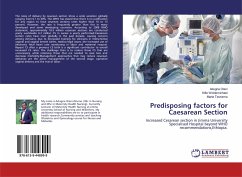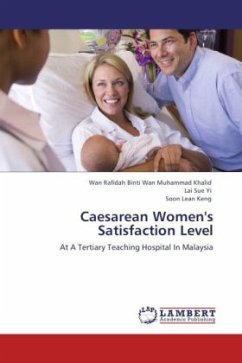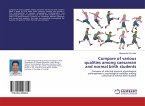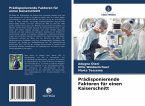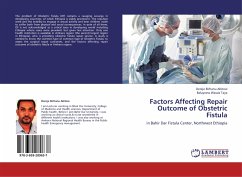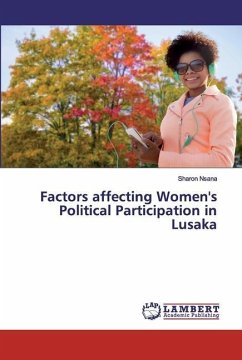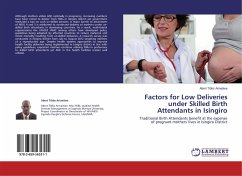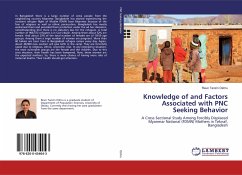The rates of delivery by cesarean section show a wide variation globally ranging from 0.1 to 40%. The WHO has stated that there is no justification for any region to have cesarean sections rates higher than 10 to 15 percent. However, the rate is frequently greater than this in many developed and some developing countries. According to 2008 WHO statement, approximately 18.5 million cesarean sections are conducted yearly worldwide 6.2 million CS in excess is yearly performed.Caesarean section rates have risen globally in the past decade, causing concern among clinicians, due to decreased training for clinicians in instrumental vaginal and vaginal breech births, medico-legal issues, the increased use of electronic fetal heart rate monitoring in labor and maternal request. Repeat CS after a previous CS birth is a significant contributor to overall increased CS rates. The challenge then is to reduce those CS that are unnecessary, while retaining those that are needed to save lives anddecrease morbidity.Management approaches that may reduce cesarean deliveries are the active management of the second stage, operative vaginal delivery and the trial of labor.
Bitte wählen Sie Ihr Anliegen aus.
Rechnungen
Retourenschein anfordern
Bestellstatus
Storno

